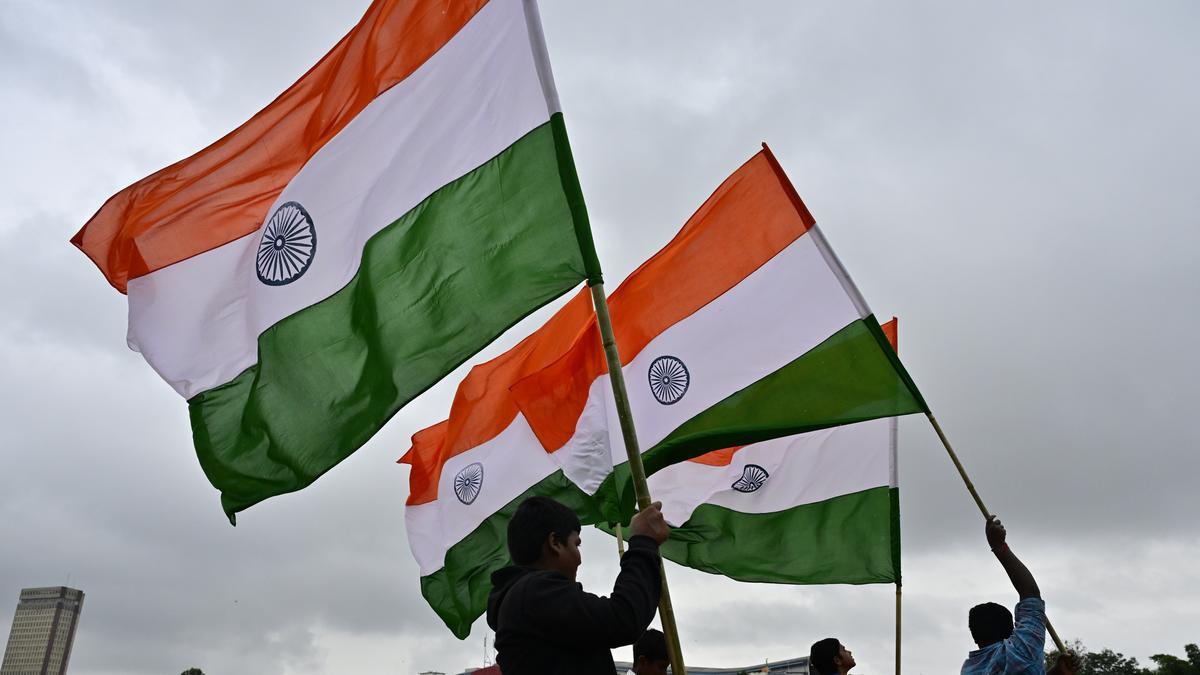India’s air quality deteriorated sharply in October 2025, with the Indo-Gangetic Plain, particularly the National Capital Region (NCR), emerging as the most polluted zone in the country. Dharuhera in Haryana topped the list with a PM2.5 monthly average of 123 µg/m³, breaching the national safe limit on 77% of monitored days and recording nine ‘Very Poor’ and two ‘Severe’ air quality days, according to the Finland-based non-profit Centre for Research on Energy and Clean Air (CREA).

Delhi, ranked sixth, saw its PM2.5 levels triple from 36 µg/m³ in September to 107 µg/m³ in October, despite stubble burning contributing less than 6% to its pollution load.
“Winter and festive periods don’t create India’s pollution problem, they expose it. These seasonal spikes merely amplify baseline pollution levels that remain dangerously high throughout the year. This predictable surge is substantially preventable if we prioritize sector-specific emission cuts with clear accountability mechanisms. Instead, policy responses remain reactive and seasonal, failing to address the year-round sources driving this crisis,” Manoj Kumar, analyst at CREA, said.
Mumbai, in contrast, recorded a citywide average PM2.5 level of 40 µg/m³, placing it in the ‘Satisfactory’ category under India’s National Ambient Air Quality Standards (NAAQS). However, the city’s air quality varied widely, with Bandra Kurla Complex (IIT Bombay station) peaking at 71 µg/m³, followed by Navy Nagar-Colaba at 56 µg/m³, and Mulund West at 51 µg/m³, while Chhatrapati Shivaji International Airport and Kandivali West remained below 32 µg/m³.
Nationally, out of 249 cities with sufficient data, 212 remained within the NAAQS limit of 60 µg/m³, but only six cities met the World Health Organization’s daily safe guideline of 15 µg/m³. The number of cities with ‘Good’ air quality (0–30 µg/m³) dropped from 179 in September to 68 in October, while those in the ‘Satisfactory’ range (31–60 µg/m³) rose to 144. Twenty-seven cities entered the ‘Moderate’ category (61–90 µg/m³); nine cities were classified as ‘Poor’ (91–120 µg/m³); Dharuhera was the only one in the ‘Very Poor’ category.

The report also highlighted disparities between cities under the National Clean Air Programme (NCAP) and those outside of it. All 98 NCAP cities exceeded the WHO’s daily PM2.5 guideline, though 86 met India’s NAAQS.
Among 151 non-NCAP cities, 145 exceeded the WHO’s guideline, but 126 still met the national standard, revealing that many polluted cities remain outside formal mitigation frameworks.
CREA’s “overshoot analysis” revealed that 255 out of 293 cities had already breached the WHO’s annual PM2.5 standard by October, meaning they would fail to meet the target even if pollution dropped to near zero for the rest of the year. In contrast, only 37 cities had breached India’s more lenient NAAQS, underscoring the urgent need to revise the 2009 standards to align with global health benchmarks.
A historical comparison with October 2024 shows that air quality in the top 10 most polluted cities has worsened in most cases. Dharuhera, which had 10 ‘Very Poor’ days in 2024, recorded nine this year but saw a higher average PM2.5. Cities like Ghaziabad and Noida also showed an increase in ‘Very Poor’ days, indicating a deepening crisis despite seasonal variations.
The report also examined cities with a population of over one million in the Indo-Gangetic Plain, revealing that nearly all of them experienced a significant rise in PM2.5 levels in October. Many cities, including Ghaziabad, Delhi, Meerut, Ludhiana, Jalandhar, and Faridabad, consistently recorded PM2.5 concentrations well above the NAAQS, with many days falling into the ‘Poor’ and ‘Very Poor’ categories. These urban centres, already grappling with dense populations and vehicular congestion, are now facing compounded health risks due to sustained exposure to hazardous air.
State-wise data showed Haryana had one city in the ‘Very Poor’ category, three in ‘Poor’, five in ‘Moderate’, and four in the ‘Satisfactory’ category. Maharashtra stood out with four cities in the ‘Good’ category, 26 in ‘Satisfactory’, with none in the worst categories. Karnataka had 14 cities in the ‘Good’ category, while Tamil Nadu had 19 in the ‘Good’ category, five in ‘Satisfactory’, and one in the ‘Moderate’ category.
Shillong, Meghalaya, was India’s cleanest city in October, with a PM2.5 average of 10 µg/m³. Other clean cities included Gangtok, Mysuru, Kunjemura, Nagapattinam, Koppal, Chikkamagaluru, Yadgir, Tirunelveli, and Perundurai, mostly from Karnataka, Tamil Nadu, and the Northeast, all of which consistently recorded ‘Good’ air quality throughout the month.

As India moves further into winter, CREA’s findings highlight that the country’s air pollution challenge is not a seasonal occurrence but a systemic crisis, Mr. Kumar said. “While cities like Mumbai may appear to fare better, the bar for “safe” air remains dangerously low, and without urgent, long-term, and region-specific interventions, the air that millions breathe will continue to pose a silent but deadly threat,” he said.

 2 hours ago
4
2 hours ago
4







 English (US) ·
English (US) ·